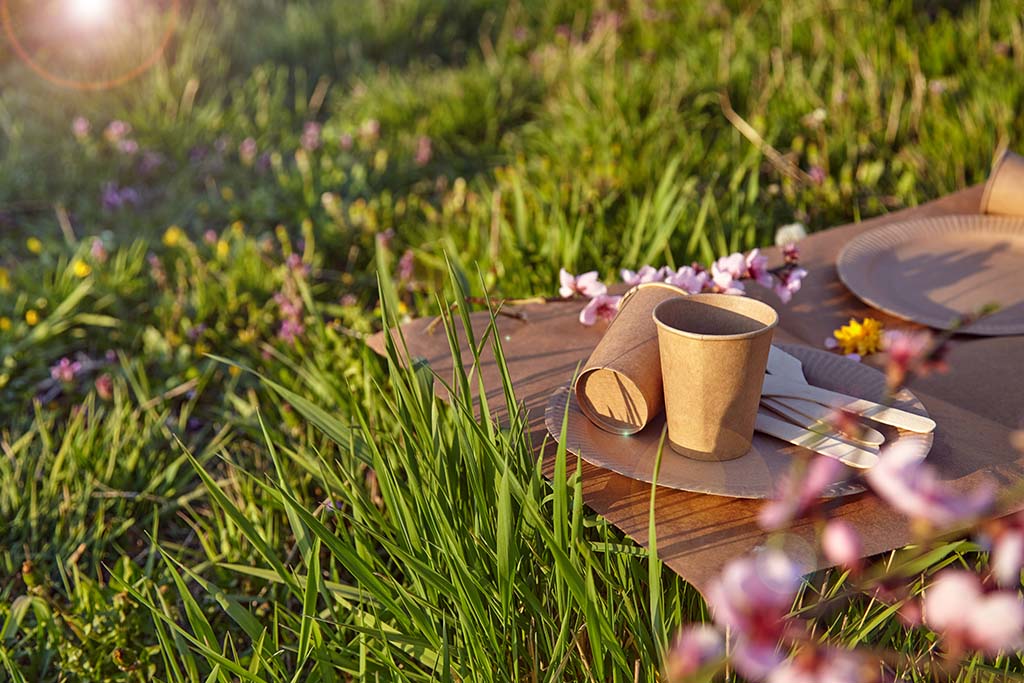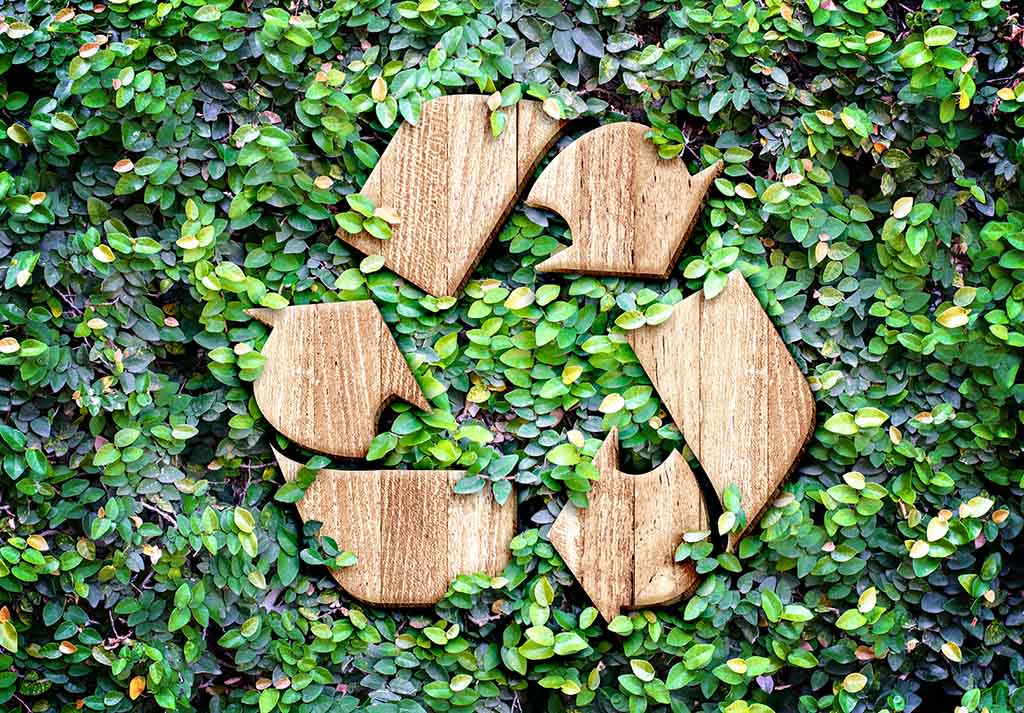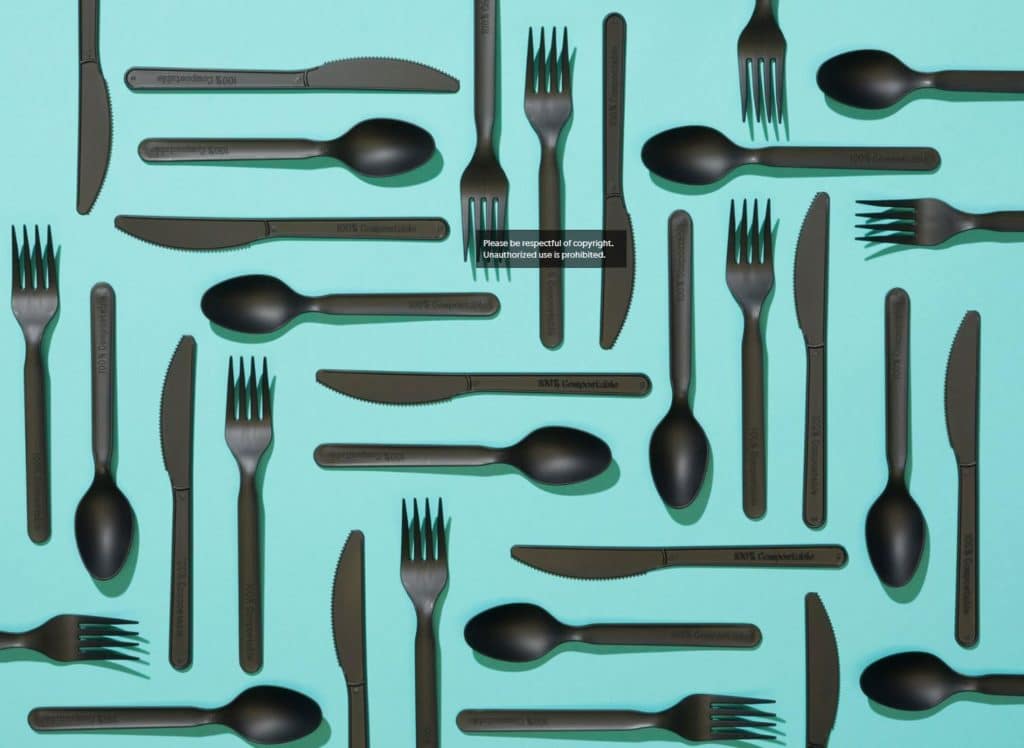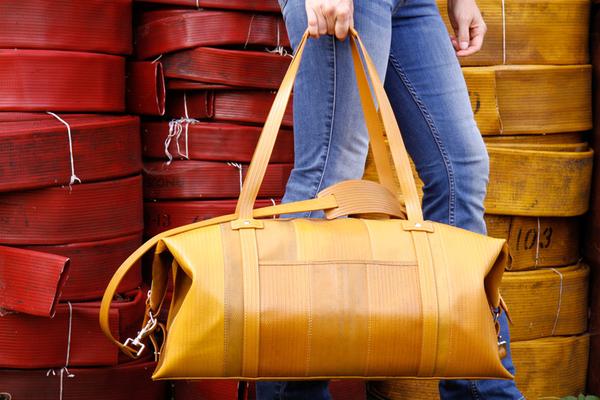In the last few years, it feels like packaging has got more and more complex. It’s almost like companies want us to be confused about what to do with our everyday waste. From takeaway cups with the word ‘bioplastic’ on them, to plastic bags partially made with recycled plastic. When did everything get so complicated!?
The earth is literally overflowing with rubbish, oceans are choking on plastic and cities are drowning in landfill.
Most recently in 2017, China finally refused to take any more international waste, including from Australia, meaning countries are having to take notice of waste reduction – ideally a circular economy.

This concept is based on the idea of creating a closed-loop system, minimising input, reducing waste and reusing where possible. Technology and innovation will help us move forward, designing new systems and materials, yet to truly progress people have to actually understand what these buzz words mean. Confused about trash? Let’s break it down.
Recyclable
Ok, let’s start at the very beginning – recycling.
This is the process of converting waste into new materials or objects and one of the key principles of modern waste reduction (reduce, reuse, recycle).
Household waste, commercial packaging waste and electrical waste are significant sources of recycled materials for countries. What each country and state will recycle from household waste can be different, however the basics are similar.
It is best to check local council waste information online to see what is and isn’t allowed. One of the biggest points to remember about recycling is that just because it can be recycled, doesn’t mean it will be, therefore always aim to reduce and reuse primarily.
Also don’t forget that many countries, including Australia, have recycling Return and Earn schemes for many types of containers including glass, metal and plastic.

Paper, metal and glass
Paper and cardboard are recyclable in Australia (and normally elsewhere) in the household paper bin, as long as it’s dry and not shredded up. Shredded paper can go in a home organics compost bin (if there is one).
Bottles, jars, food and drink cans, cooking oil tins, aerosol cans and aluminium foil can be put in the household recycling bin in Australia (and many other countries).
Please note that although coffee cups are generally made with paper, they have a plastic-lining interior and therefore have to go into landfill unless labelled differently (if they are placed into recycling, they can contaminate a whole load of recycling and divert it to landfill).
Traditional plastics
Petroleum-based plastics are the number one enemy of the environment, yet some can be recycled if recycled properly.
In Australia, soft plastics i.e. can be scrunched (think plastic bags, bread bags, frozen food bags, Cling wrap etc), are normally unable to be recycled (in Australia) in the household recycling yellow bin but can be taken to a REDcycle facility at participating supermarkets. This will hopefully be changing soon as councils such as Central Coast NSW have been trialling soft plastic in household waste.
Harder plastics are more likely to be recyclable, yet the labelling (number in a triangle) on plastic packets will guide the type and does not necessarily mean it is recyclable – see a general guideline below. There are also the unusual products that are even more confusing such as cosmetics, toothpaste tubes, razors, toothbrushes, coffee pods etc. These generally are not able to be recycled through household yellow bins but may be able to through TerraCycle which is available in 21 countries.
A guide to recycling symbols
| Symbol number | Polymer Name | Product | Can go in the home recyclable bin? |
| 1/PETE | Polyethylene Terephthalate | Clear plastic bottles (water bottle) | Widely recycled |
| 2/HDPE | High-density Polyethylene | Stiff plastics (milk jug) | Recyclable – Check |
| 3/V | Polyvinyl Chloride | (Toys, insulation) | Not recyclable |
| 4/LDPE | Low-density Polyethylene | Hard flexible plastic | Recyclable – Check |
| 5/PP | Polypropylene | (carrier bags, ketchup bottles) | Recyclable – except bags take to local supermarket for REDcycle |
| 6/PS | Polystyrene | (Styrofoam, disposable takeaway) | Not recyclable |
| 7 | Other plastics | Others (bioplastics, crisp packet) | Not recyclable |
Based on information from www.sustainabilityguide.co.uk

Image via National Geographic
Bioplastics / bio-based
Bioplastics or bio-based plastics have emerged onto the market as a viable alternative to traditional plastic.
Bioplastics are derived from renewable plant materials or microorganisms, compared to non-renewable petroleum-based plastics. There is some discussion around the environmental and social impacts of using plants for bioplastic instead of food.
Depending on how it’s made and contrary to popular belief, not all bioplastics are biodegradable or compostable and particularly not at home (see Biodegradable below) and therefore can end up in landfill anyway. If the bioplastic container is compostable, it will most likely need commercial composting due to the necessity of high heat to break it down. This space is still expanding however, with more innovative materials to be developed. Watch this space!
Biodegradable vs compostable?
These words are very similar descriptions, with slightly different processes.
Biodegradable is the natural ability to completely decompose as part of a biological process that happens in the environment by microorganisms and no human intervention, i.e. an apple decomposing, exerting only natural materials back into the atmosphere.
Biodegradable is a bit of a fuzzy word when used in packaging or products as there is no specific time frame or legal definition on this process, for example plastic breaks down eventually after thousands of years and therefore can technically be labelled as biodegradable.
It should also say FULLY biodegradable, otherwise, some products may just break down into smaller plastic pieces. Biodegradable should therefore not necessarily be trusted on packaging to be the environmentally positive choice unless it is also certifiably compostable.
Composting is a human-controlled process of decomposing something, in labelling to generally mean commercially unless stated as home composting.
An added bonus of composting is also the by-product of rich soil. Compostable products, such as bioplastics, are commercially compostable i.e. need to be sent to a facility to be composted and not thrown in a home organics bin (unless stated as home compostable).
Home Compostable means that they can be thrown into an organics bin or worm farm. Some areas have an organics bin collected by the council where home compostable items can go. Products which have compostable certification (either commercial or home) are the best to look out for.
This is an exciting and expanding area of materials development, with further materials such as fungus packaging being developed to be fully compostable at home. Watch this space!


